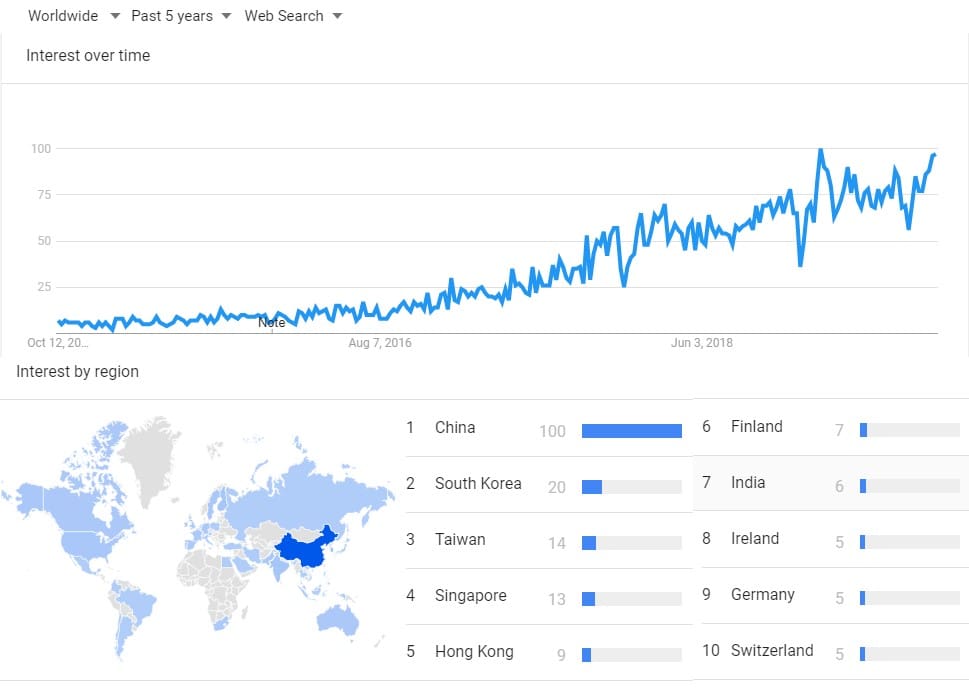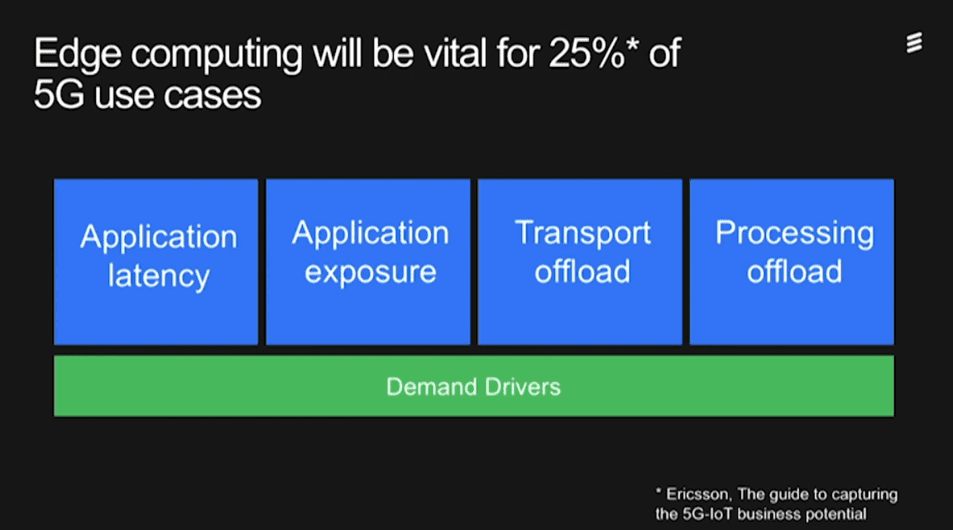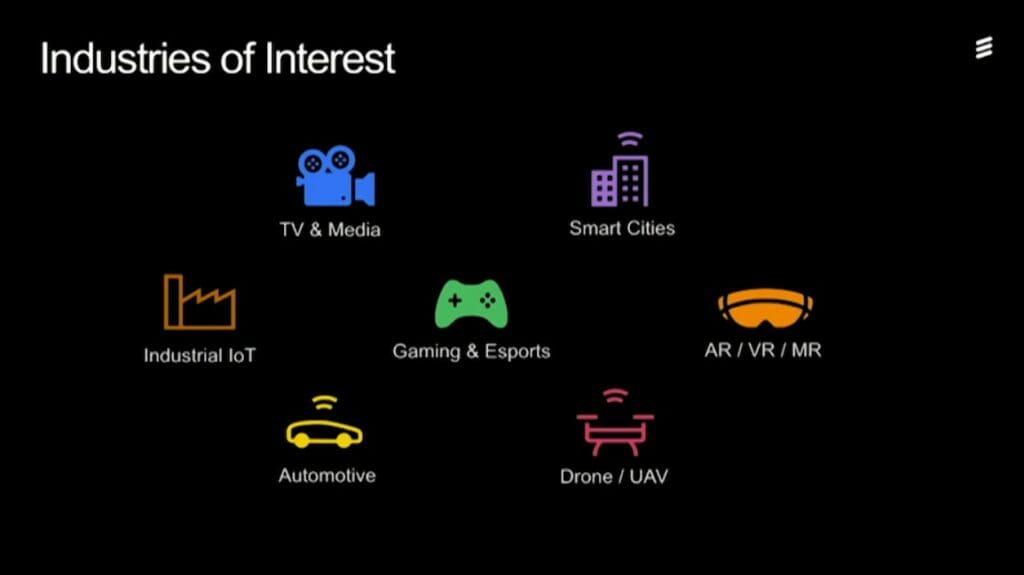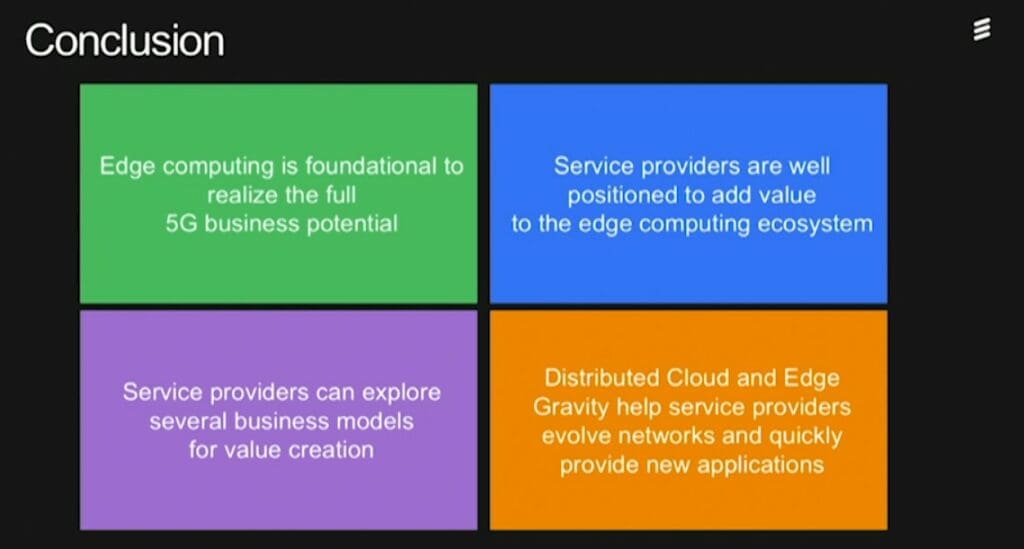Twitter Feed
Cloud Computing Price-Performance Could Vary By 1000%!
by Kevin L. Jackson Yes, you read that right. The price/performance of your cloud computing infrastructure could vary as much as 1000 percent depending on time and location. High levels of…
E-book: Educate Yourself With Dell Insight Partner Views on Cybersecurity
Data security breaches and hacker attacks on private businesses, health organizations and government agencies in the U.S. have grabbed headlines with increasing frequency, it seems. There is zero doubt about…
IEEE Cloud Computing Magazine Focuses On GovCloud
Today I am especially proud and honored to publicly announce my appointment to the IEEE Cloud Computing Magazine Editorial Board! I am truly appreciative to Dr. Alan Sill and Dr.…
Is Social Media Right For Your Small Business?
Everyone from pre-teens to granddads, does social media today. With Twitter, Instagram, Facebook and many newer ways to stay in the know popping up every day, picking the right platform…
Rob Davies, ViON SVP, Talks about Government Cloud Computing
ViON solves complex enterprise problems by combining passion and agility to deliver the most effective, innovative solutions because commitment to mission success is in their DNA. One of the ways…
New Approaches for New Big Data Insights
by Melvin Greer Business Intelligence has matured as a core competency necessary to sustain competitive advantage. Organizations of every size and industry are generating valuable data with each interaction, and…
How to Put Public Sector Data Migration Hassles on the Road to Extinction
With careful planning and the right technology, Federal, State and Local Government IT Leaders can overcome fears of data migrations, breaking free from archaic procedures to lead the pack By…
Would you build your house from a Visio diagram?
Would you even hire an architect that highlighted hand drawn diagrams and spreadsheets as their design tools of choice? Of course you wouldn’t. Not using computing aided design (CAD) as…
Industry leaders set cloud computing security benchmarks
Security has long been the No. 1 cloud computing business concern. Although the apprehension is absolutely valid, cloud computing business decision and strategies are all too often driven by the…
The Science and Art of Business Leadership
Business leadership is both science and art. The scientific aspects revolve around finance, organization, products and service. Artistic aspects include relationships, market trajectories and business strategies. While many focus on…

Edge computing provides compute, storage, and networking resources close to devices generating traffic. Its benefits are based on an ability to provide new services capable of meeting stringent operational requirements by minimizing both data latency and the need for bandwidth. Based on Google trend data, searches for the term has also grown substantially over the past five years.

Recognizing that web searches are not (yet) the arbiter of all things real, it does indicate a rapid growth of interest in the term. Observations of the information technology industry show a similar trend among application developers, particularly those working in manufacturing, gaming, AR/VR, and automotive. Their work seems focused on the exploration of quite a few significant business opportunities arising from the introduction of edge computing and 5G. Communication service providers are also mimicking the interest by evolving their centralized NFV infrastructure to distributed cloud infrastructure to build out edge clouds handling telecom applications and third-party applications.
While all this activity does support the potential of edge computing and 5G, essential questions remain regarding the potential versus the reality of edge computing. This query was the focus of an Ericsson Digital webinar presentation by João Monteiro Soares, Strategic Solution Manager, Distributed Cloud Ericsson and Alan Evans, Senior Director of Innovation Strategy at Edge Gravity.
These two industry experts focused on four key areas:
- The value of edge computing to 5G networks;
- Service provider business growth;
- Industry early adopter use cases; and
- Profitable service provider business strategies.
Ericsson projects that this segment will draw 25% of a US$14B-US$129B 5G revenue opportunity anchors their edge computing profitability argument.

Realized numbers depend on specific industry solutions and the rate of user adoption. They argued that telecommunications providers are key players in getting the solutions in place through the investment decisions they make today on testing and validation of relevant technologies, concrete business cases, and business model feasibility. Experiments should be executed to determine the:
- architectural positioning of industry dependent workloads;
- extendibility of centralized national architectures to regional and local access sites;
- deployment of NFVI centralized clouds throughout the network and to the edge;
- pros and cons of centralized services from a distributed cloud; and
- end-to-end service provider execution environment.
All of these functions require network transformation and a concerted collaboration effort around building broader, industry vertical ecosystems. All of these activities represent significant departures from the traditional telecommunications sales approach based on capital expenditure and acquisition of industry vertical appliances.
Early adopters of edge computing have discovered that the more lucrative path is towards the provisioning of industry vertical tailored on-demand services that are tempered by various maturing technologies and regulatory environments. This future state supports the operational expenditure of funds by telco customers for the consumption of virtual resources. From an infrastructure perspective, the goal should be establishing a virtualized mobile core in a true cloud-native manner. Customization, network slicing, and infrastructure platform services will all combine to enable service providers to deliver solutions across all multiple verticals, leading ones of which include:
- Gaming and entertainment;
- AR/VR Mixed Reality;
- Critical IoT;
- Smart Manufacturing; and
- Smart Automotive

To monetize future business models, service providers need to innovate towards the delivery of new services. This journey argues for a platform that is also open to innovation by third parties on top of the foundational network. Service aggregation and revenue sharing are also critical components of these new business models. Telco service provider strategies should encompass both a global industry ecosystem positional view and a local service focus on enhanced regional bandwidth and latency reduction. Technology development remains essential, but it needs to take a back seat to strategic business development activities. This challenging path requires real cultural change that counters the historic technology focus and embraces industry vertical competence and values extended vertical industry ecosystems.

Seventy to eighty percent of the required technology seems to be in place. The remaining technological requirements are determined through industry vertical use case testing across live 5G network environment. I came away from the webinar fully convinced that edge computing is indeed a real opportunity. Revenue and profit realization, however, requires joint development of industry-focused ecosystems by business application developers and telecommunications providers. They must establish joint strategies and specific use case roadmaps today or risk being left behind by their competition. The upcoming SDN World Congress promises to be a crucible for the development and testing of profitable edge computing business models. I can’t wait to find out more about how the most innovative service providers use Ericsson solutions to establish their leadership in this brave new world.

Cloud Computing
- CPUcoin Expands CPU/GPU Power Sharing with Cudo Ventures Enterprise Network Partnership
- CPUcoin Expands CPU/GPU Power Sharing with Cudo Ventures Enterprise Network Partnership
- Route1 Announces Q2 2019 Financial Results
- CPUcoin Expands CPU/GPU Power Sharing with Cudo Ventures Enterprise Network Partnership
- ChannelAdvisor to Present at the D.A. Davidson 18th Annual Technology Conference
Cybersecurity
- Route1 Announces Q2 2019 Financial Results
- FIRST US BANCSHARES, INC. DECLARES CASH DIVIDEND
- Business Continuity Management Planning Solution Market is Expected to Grow ~ US$ 1.6 Bn by the end of 2029 - PMR
- Atos delivers Quantum-Learning-as-a-Service to Xofia to enable artificial intelligence solutions
- New Ares IoT Botnet discovered on Android OS based Set-Top Boxes
